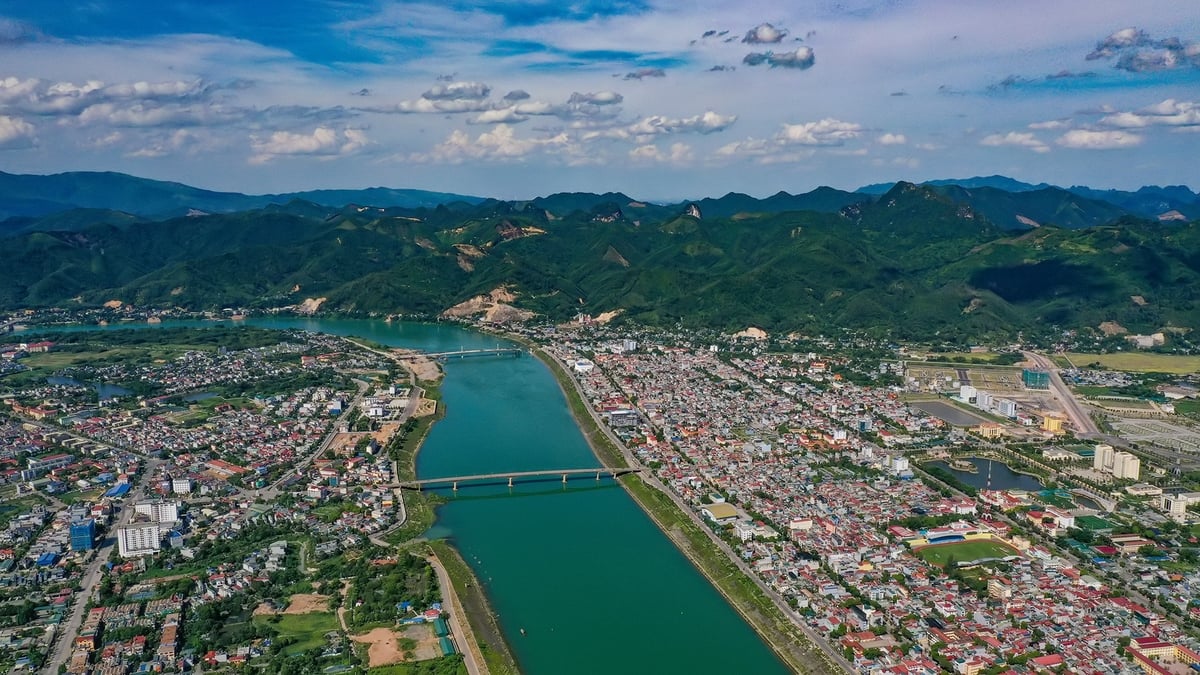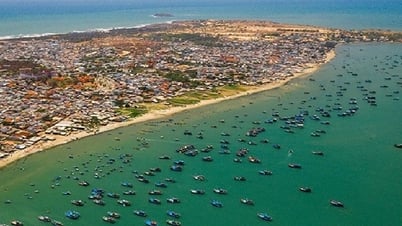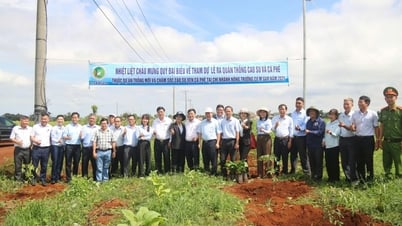The Spanish footwear e-commerce market continues to maintain strong growth momentum in 2024 with a revenue of approximately USD 987 million, representing an increase of 10.1% over the previous year. With a stable compound annual growth rate forecast at 10.1% during the period 2023-2027, the Spanish footwear e-commerce market promises to reach USD 1.32 billion by 2027, affirming the important position of online sales channels in this industry.
Footwear exports from Vietnam to Spain in the past 5 years from 2020 - 2024 are as follows:
2020 | 2021 | 2022 | 2023 | 2024 |
175.53(-25.3%) | 216.76(23.5%) | 344.75(59.1%) | 405.63(17.8%) | 517.06(27.5 %) |
(Source: Vietnam Customs; unit: million USD)
After the Covid-19 pandemic, footwear exports to Spain have grown steadily over the years. In the first 4 months of 2025, exports to Spain reached nearly 168.40 million USD with a growth rate of 5.2%. These products will have a stronger growth rate in the last months of the 3rd and 4th quarters when Europe and Spain enter the summer, Christmas and New Year tourist seasons.
In 2024, the Spanish footwear market will reach USD 6.5 billion with an average of 3.04 pairs per person. The Spanish footwear market is strongly influenced by traditional craftsmanship and high-quality materials, with a focus on comfort and durability. Non-luxury products will account for 82% of sales in the footwear market in 2024.
In the current economic climate, consumers are increasingly cautious in their spending, purchasing frequency is decreasing, the average price per product is down 1.2%. Online sales increased sharply by 10.9%, accounting for 24.9% of total fashion sales, while in-store sales decreased by 2.9%. In Spain, 41% of consumers prefer and 43% trust to buy "Made in Spain" products, although only 19% recognize Spanish brands.
Regarding consumer trends for footwear products in Spain, there are currently the following characteristics:
Quality and durability as the main driving force: Footwear is popular for its durability and elegant look. The breathable property of genuine leather that can keep feet cool and avoid unwanted odors is driving the product growth in the market.
The men’s segment is growing due to the increasing number of fashion- conscious men who are willing to spend on high-quality footwear for both formal and casual occasions. The women’s footwear market is expected to grow at an average of 3.1% per year.
The trend of personalizing custom-made footwear is on the rise.
Attitudes towards sustainability based on Spanish fashion consumer research: attitudes towards sustainability in footwear are characterized by the fact that 45% of consumers believe that individual actions have a significant impact on the planet, but 44% are not willing to actively seek information about production processes; 31% believe that products made from recycled and sustainable materials are too expensive, not a purchasing option for them; 65% try to buy more durable products; 49% prefer durable products to cheaper ones.
New materials and technologies: Shoe materials like leather, rubber, fabric, plastic and other materials are used to manufacture sports shoes, running shoes and others due to their comfort and durability.
E-commerce contributes to the faster dissemination of diverse and constantly changing fashion trends, facilitating access to high-quality products.
Demographic trends: Birth rates will continue to decline, creating challenges for children's footwear manufacturers. The population aged 65 and over continues to grow, with few mainstream footwear manufacturers focusing on meeting the needs of older consumers.
Sustainability Trend: Sustainability is a major driver with consumers increasingly looking for eco-friendly footwear made from recycled materials, vegan leather and other sustainable options.
Environmental pressures: Footwear manufacturing, especially leather footwear, is facing criticism over its environmental impact, with issues such as water pollution, waste generation and carbon emissions associated with manufacturing putting regulatory pressure on the industry.
INDITEX Group - a leading designer and manufacturer of footwear and textiles in Spain has set a target of reducing emissions by more than 50% by 2030, and achieving net zero emissions by 2040; in production: responsible management of water consumption, proper waste disposal and safe use of chemical products; in distribution: including the cessation of plastic bags, reducing excess end-of-season inventory to less than 1% of total items sold, integrated warehouse management connecting production, distribution and sales.
Source: https://moit.gov.vn/tin-tuc/thi-truong-nuoc-ngoai/thi-truong-san-pham-giay-dep-tai-tay-ban-nha-nhu-cau-va-xu-huong-tieu-dung.html

























































































Comment (0)